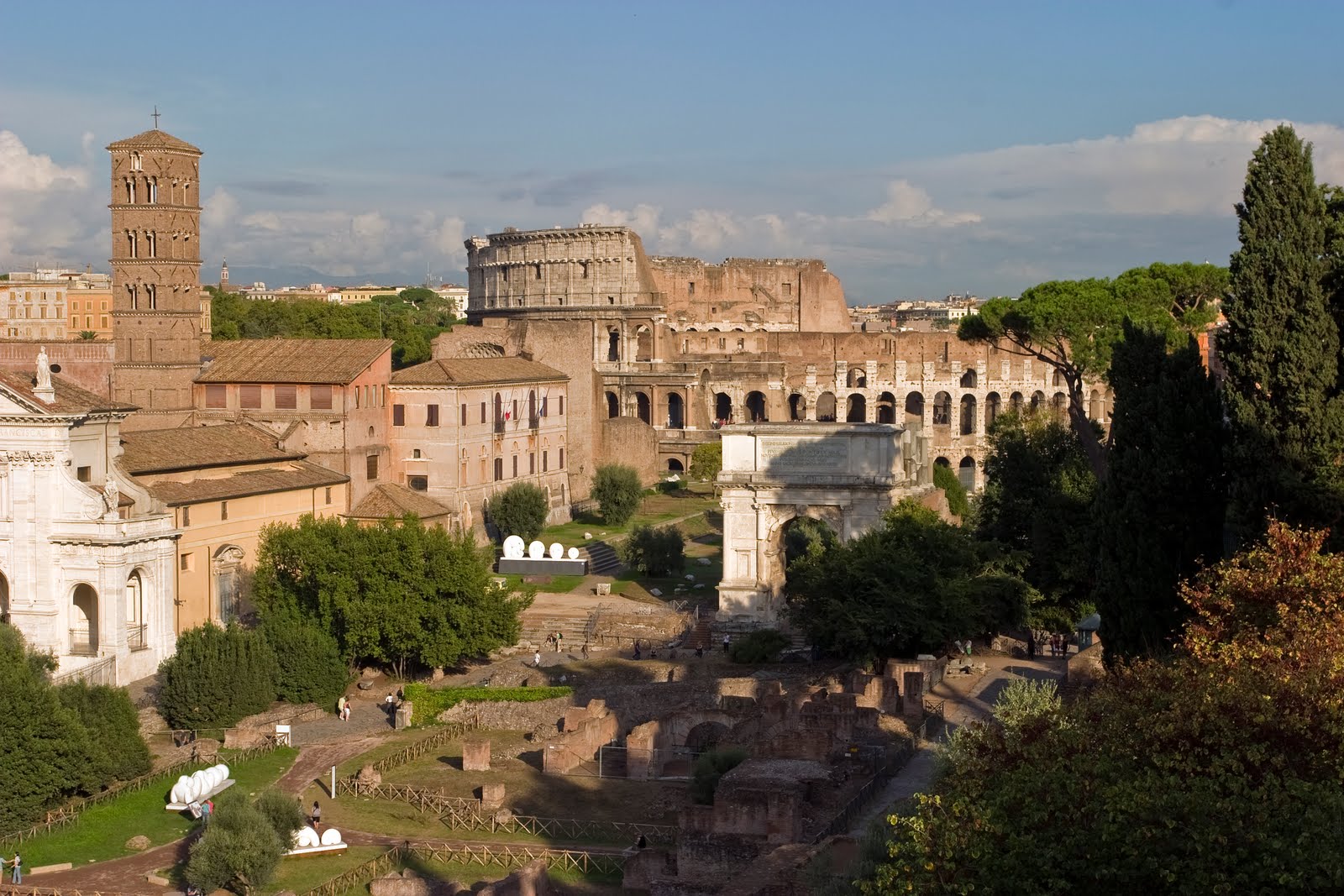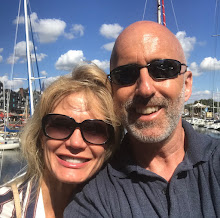The temple of Castor and Pollux was originally built in gratitude for victory at the battle of Lake Regillus (495 BC). Castor and Pollux (Greek Polydeuces) were the Dioscuri, the "twins" of Gemini, the twin sons of Zeus (Jupiter) and Leda. The facade faced toward the Forum piazza with 19 columns (only 3 remain) surmounted on a trabeation.
It is in the Roman Forum - number 10 on
this interactive map.
The Temple of Castor and Pollux.
 Click image to embiggen
Click image to embiggenBacklit Temple of Castor and Pollux.
 Click image to embiggen
Click image to embiggenTemple of Castor and Pollux and the Arch of Septimius Severus (number 16 on the interactive map) as seen from the Palatine Hill (PALATINO on the interactive map).
 Click image to embiggen
Click image to embiggen













